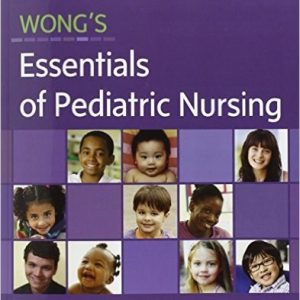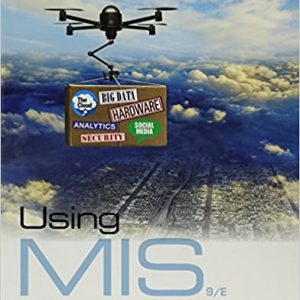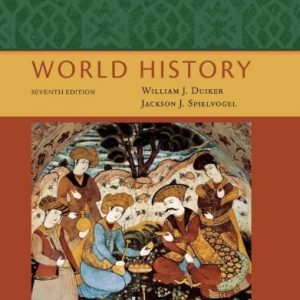Test Bank for Texas Politics: Ideal and Reality, Enhanced, 13th Edition, Charldean Newell, David F. Prindle, James Riddlesperger pdf docx epub after payment.
Chapter 1 – The Context of Texas Politics
| Multiple Choice |
1. The threat of competition from their imperial rivals spurred which of the following groups to establish a series of missions in what is now Texas beginning in 1690?
|
2. Which of the following countries or groups has not claimed sovereignty over Texas at some time in its history?
|
3. Which of the following established the first Anglo-American colony in Texas during the period of Mexican rule?
|
4. Following the Civil War, most African Americans in Texas voted for which of the following political parties?
|
5. Which of the following political parties flourished in Texas near the end of the nineteenth century and favored monetary reform and railroad regulation?
|
6. What 1901 event transformed the Texas economy from an agricultural climate to a more oil-based climate?
|
7. Which of the following significant changes in the Texas economy began at the turn of the twentieth century?
|
8. To prevent the spread of the Standard Oil Company’s monopoly into Texas in 1889, the state’s attorney general began to file “antitrust” suits against companies affiliated with Standard Oil. This suspicion of a major corporation is an expression of which of the following?
|
9. Which of the following best reflects the politics of the Jim Crow era?
|
10. During the early 1920s, which of the following organizations controlled every elective office in Dallas and showed considerable political power statewide?
|
11. The dramatic drop in the world price of oil in 1985 led to which of the following in Texas?
|
12. By 2017, which of the following had become less of a problem?
|
13. Which of the following would characterize a bad or poorly run democracy?
|
14. What’s the primary factor in determining the legitimacy of a democracy?
|
15. A well-run democracy is not characterized by which of the following features?
|
16. The belief that people should obey laws because they feel their government is morally just in making them is a definition for which of the following terms?
|
17. Which of the following does not describe “majority rule” in a democracy?
|
18. Which of the following types of political system does the U.S. government have?
|
19. In a federal system, which of the following is true of governmental powers?
|
20. Which of the following decisions of the federal government does not have an impact on Texas?
|
21. Which of the following rivers serves as a border separating Texas and Mexico?
|
22. Sharing a border with Mexico has resulted in which of the following consequences for Texas?
|
23. Which of the following freeways has been dubbed “the NAFTA highway”?
|
24. The power to formulate U.S. foreign policy officially belongs to which of the following?
|
25. Which of the following statements best supports Texas’s efforts to be more deeply involved in foreign affairs?
|
26. Which of the following statements best supports opposition to Texas’s efforts to be more deeply involved in foreign affairs?
|
27. Generally speaking, which of the following best describes the business climate in Texas?
|
28. A recent debate over whether Mexico is meeting its 1944 treaty obligations concerned which of the following issues?
|
29. According to the 1944 treaty between the United States and Mexico, the U.S. government would permit which of the following?
|
30. A shared system of values, beliefs, and habits of behavior with regard to government and politics refers to which of the following?
|
31. In which of the following political cultures are citizens more likely to believe that the state and the nation are designed to further the shared interests of everyone?
|
32. According to Daniel Elazar, how can the Texas political culture be best described?
|
33. In which of Daniel Elazar’s political cultures do citizens emphasize deference to elite rule within a hierarchical society?
|
34. The economic belief that government should have minimal, if any, involvement in regulating the free market is known as which of the following?
|
35. Which of the following best defines the term ideology?
|
36. Which ideological philosophy has dominated Texas politics since the end of the Civil War?
|
37. A political ideology that, in general, opposes government regulation of economic life and supports government regulation of personal life is known as which of the following?
|
38. Which of the following best describes Texas’s economic landscape, after winning its freedom from Mexico in 1836?
|
39. CNBC ranked which of the following last in its recent survey called “America’s Top State for Business”?
|
40. In a recent survey, corporate chief executives ranked which of the following as the best state for business?
|






